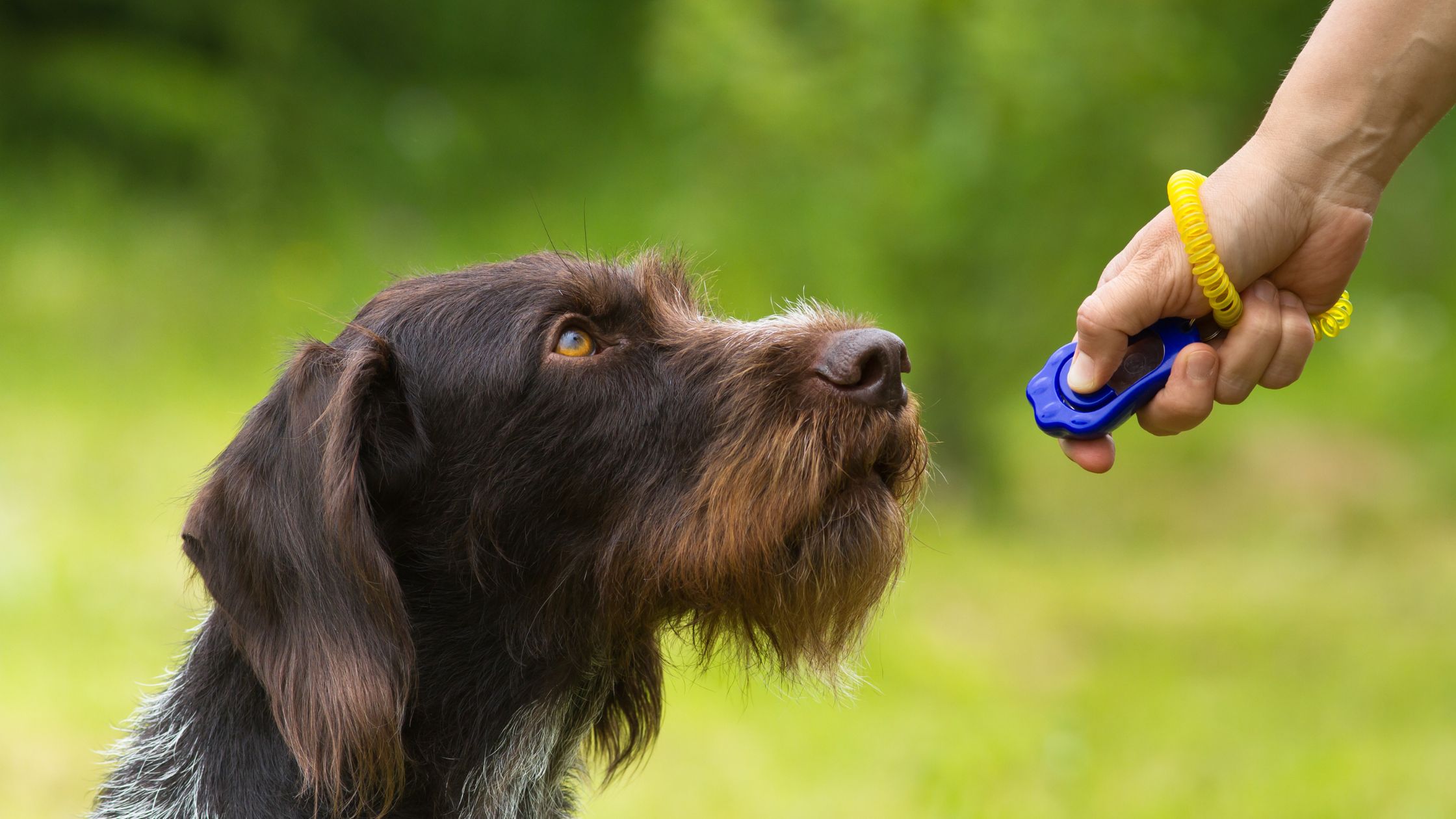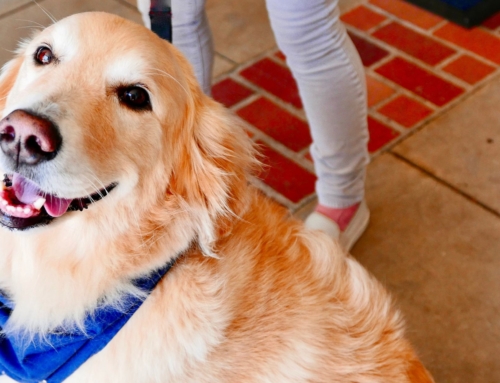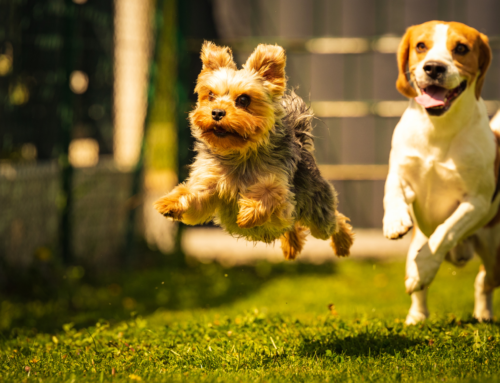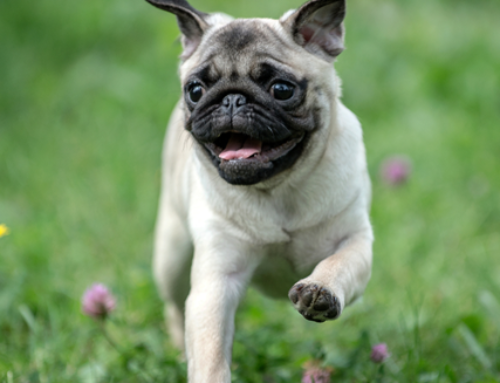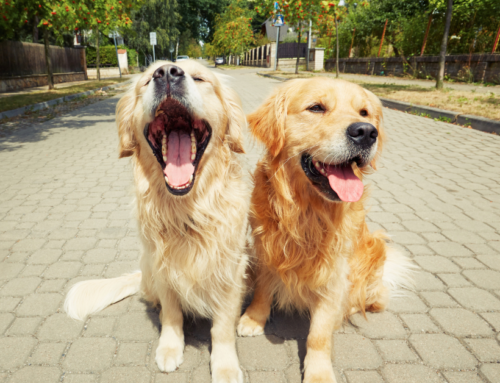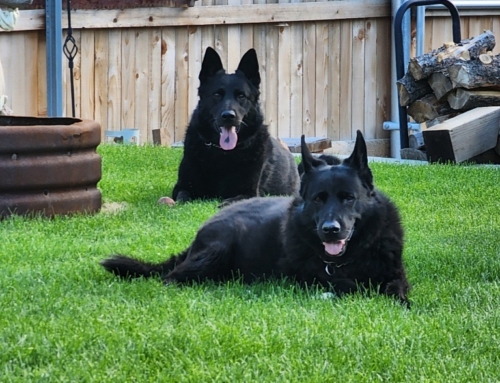This article is courtesy of Doo Doo Squad in Rancho Cordova, CA
As dog owners, it’s easy to reach for a treat when teaching a new trick or reinforcing good behavior. But what if you want to motivate your dog without relying on food? Whether you’re watching their weight, dealing with a pup who’s just not food-driven, or simply looking for more varied ways to engage with your dog, there are plenty of alternatives to food-based rewards.
In this post, we’ll explore effective strategies that can help you encourage your dog to listen and learn—without needing to rely on treats. So let’s dive into the world of non-food motivation for your dog!
Why Motivate Your Dog Without Food?
Dogs, like humans, can become too reliant on food rewards if used excessively. Relying solely on food can also lead to issues like weight gain or picky eating habits. Additionally, some dogs just aren’t that into treats, and for high-energy or working dogs, non-food rewards may actually be more stimulating.
Whether your goal is to mix up your training methods or avoid excess calories, learning how to motivate your dog in other ways will deepen the bond between you and your furry friend. Plus, using a mix of rewards can make training more fun for both of you!
1. Praise and Affection: The Power of Positivity
One of the simplest ways to motivate your dog is by offering praise. Dogs are social animals who thrive on their owner’s attention. A heartfelt “Good job!” or a scratch behind the ears can be just as rewarding as food, especially when it’s timed perfectly.
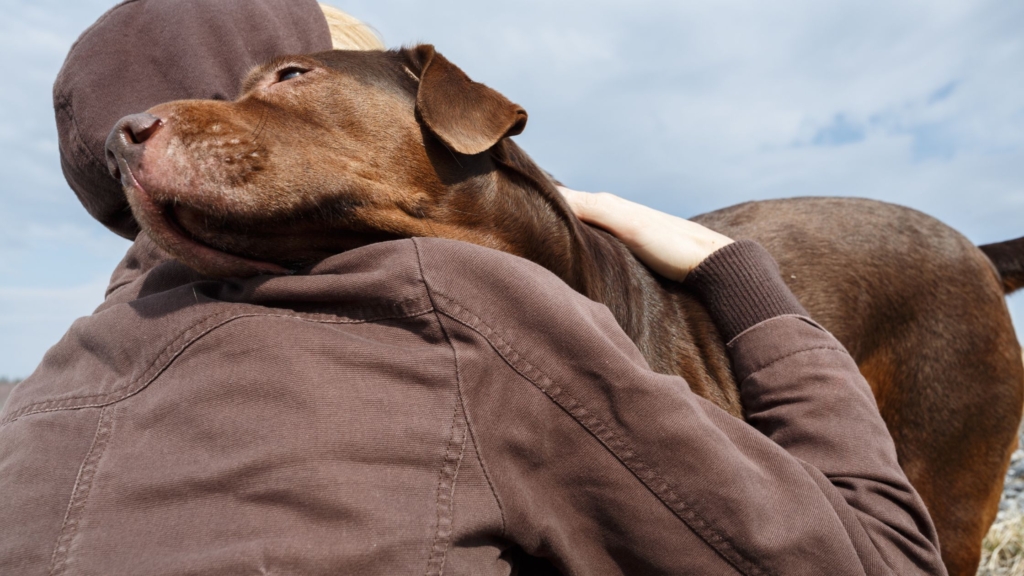
Why it works:
Dogs are highly responsive to the tone of your voice. A happy, excited tone can make them feel good about themselves and associate certain behaviors with that positive emotion. Pairing verbal praise with physical affection—such as belly rubs, pats, or ear scratches—can be a powerful motivator.
How to use it:
Make sure to time your praise correctly, immediately after the desired behavior. Whether you’re teaching “sit” or “stay,” a burst of positive energy from you can reinforce that they’ve done something right.
2. Playtime: A Motivating Break
If your dog is playful, a fun game can be a high-value reward that doesn’t involve treats. Tug-of-war, fetch, or even a quick chase around the yard can motivate your dog to work harder during training sessions.
Why it works:
For dogs with high energy levels or working breeds, playing can actually be a more exciting reward than food. Play satisfies their natural instincts and encourages mental stimulation.
How to use it:
After successfully completing a task, reward your dog with a short play session. This will keep their energy high and prevent boredom. You can even use the play as part of your training—ask your dog to “sit” or “wait” before throwing their favorite ball.
3. Toys: Engage the Senses
Toys are another excellent tool for non-food motivation. Whether it’s a squeaky toy, a ball, or a puzzle toy, finding something your dog loves to play with can help reinforce good behavior.
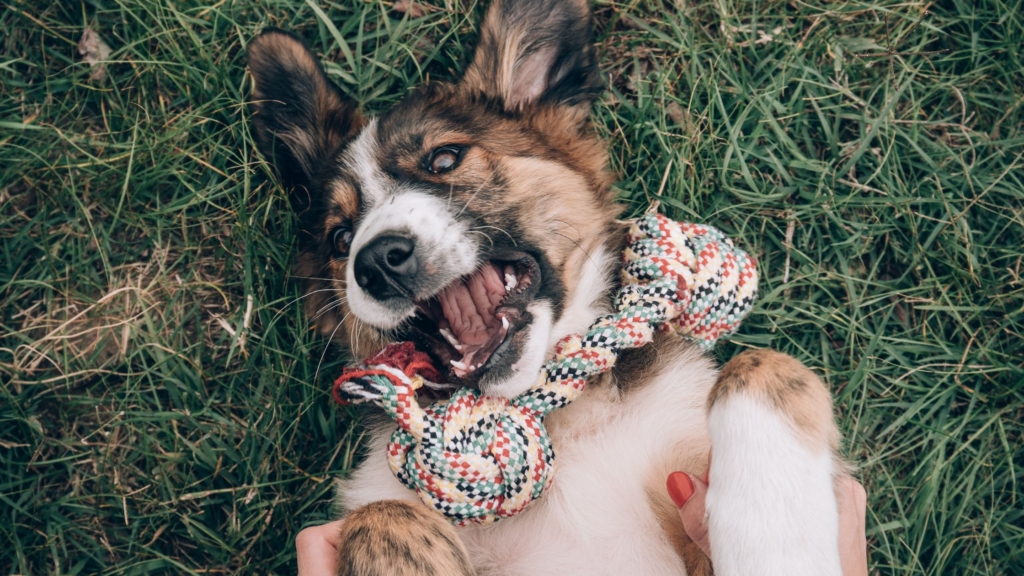
Why it works:
Toys engage your dog’s sense of sight, sound, and touch. The excitement of chasing a ball or figuring out a puzzle taps into their hunting and problem-solving instincts, making it incredibly rewarding.
How to use it:
When your dog performs the desired behavior, offer them a toy to play with for a few minutes. This keeps them stimulated and helps break up training with bursts of fun.
4. Walks and Outdoor Adventures
Dogs love exploring the world around them. Using a walk as a reward is a great way to motivate your dog without food, especially if they’re the type who gets excited by new smells and sights.
Why it works:
The chance to get outside and explore the neighborhood or local park is a huge reward for most dogs. It activates their senses and gives them the freedom to indulge in their natural curiosity.
How to use it:
Incorporate walks as a reward during training. For example, ask your dog to perform a command like “sit” before opening the door for a walk. Or use the opportunity during your walks to reinforce good leash behavior by stopping every few steps for commands like “heel” or “stay.”
5. Use of Clicker Training
Clicker training is a method that can reinforce desired behaviors using sound instead of food. A small, hand-held clicker makes a distinct noise that signals to your dog they’ve done something right.
Why it works:
The clicker sound is consistent and immediate, so your dog quickly learns to associate it with good behavior. It’s a great tool when combined with other rewards like play or affection.
How to use it:
When your dog performs the desired action, click the device and follow it up with praise or play. The timing of the click is essential—it must happen exactly when the behavior occurs.
Final Thoughts
Motivating your dog without food is not only possible but can be incredibly rewarding for both of you. By tapping into your dog’s natural instincts—whether it’s through affection, play, or outdoor exploration—you’ll build a stronger bond and create a more versatile training routine.
Try combining a few of these strategies, and you’ll soon discover which non-food rewards get your dog most excited. Happy training!



